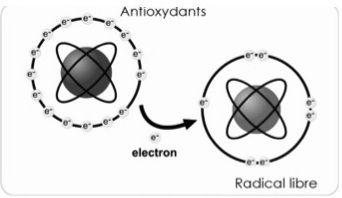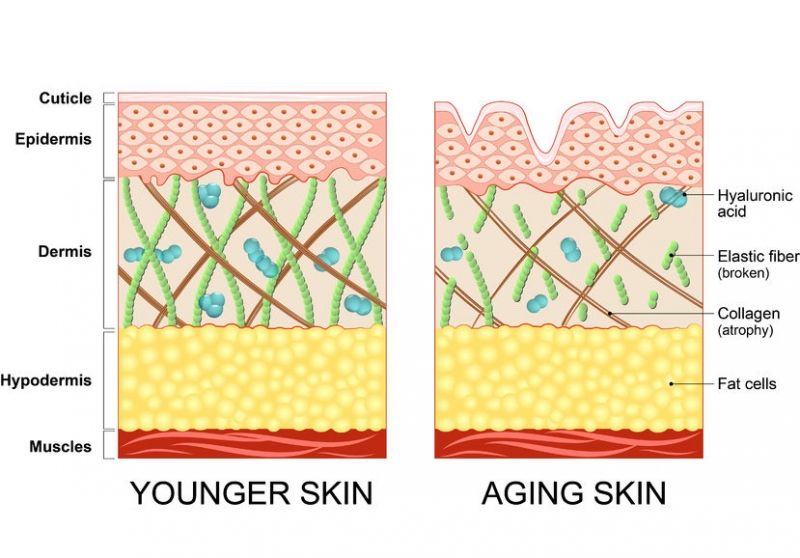Calendula officinalis, a protecting plant
This active ingredient of the commonly named marigold is an annual plant with yellow flowers. It is often used in dyeing or coloring due to its carotenoid content. This plant also has great advantages thanks to the quantities of Flavonoids and Triterpenoids which constitute it.
An ally of the skin against the effects of time
Flavonoids are molecules that are very rich in antioxidants and enzymatic inhibitors.These elements play a non-negligible role on the skin.
First, let's have a brief look at antioxidants. These are chemical molecules which fight free radicals. Free radicals are atoms which either lack or possess an extra electron. Destabilized, these atoms try to recover or eliminate this electron in order to regain their equilibrium. These are abnormalities which are natural and do not cause problems when in moderate quantities. That said, as soon as they are present in large quantities, they disturb the chemical equilibrium, thus leading, for example, to aging of the skin. Antioxidants thus help maintain this balance by donating or capturing electrons from free radicals.
 Diagram of an antioxidant donating an electron a free radical
Diagram of an antioxidant donating an electron a free radical
Why is this important for the skin? Because for skin, free radicals capture or donate an electron to the membranes of cells touching collagen. The latter, as we know, is part of several processes which play an important role in the firmness, strength and hydration of skin. As soon as collagen is degraded, the skin relaxes and reveals wrinkles. This is not the only cause of the appearance of wrinkles, but the effect of the latter is non-negligible.
It is important to note that the production of free radicals is accelerated by pollution of any kind or by prolonged exposure to the sun. Protecting yourself internally as well as externally with creams makes it possible to limit these degradations. For example, Day Beauty: an application every morning helps protect your face and neck from external damage.
Another important molecule of the skin to protect is elastin. This is a fibrous structural protein of the skin. As its name suggests, elastin allows for the elasticity of the skin by linking cells together and helping to form biological tissues. Thanks to this, the skin adapts to movements and impacts; this fibrous protein tends to resume its shape every time. Without it, the skin is harder and can easily deteriorate. This molecule is difficult to degrade and is very strong. However, it does deteriorate over time. The production of elastin ceases at puberty. But thanks to its stability, elastin remains intact throughout life. Unfortunately, as with any molecule, it can be altered or degraded by a particular enzyme, in this case, elastase.
Elastase is an enzyme naturally present in the body, with its quantity increasing over time and its release being favored by inflammatory reactions.
Calendula helps to fight elastase thanks to its flavonoids which are made up of enzyme inhibitors. In other words, preventing the enzymes specific to their code from acting.
Thus, in conclusion, flavonoids have a primordial role in the health of skin. They allow for good firmness both in terms of time as well as physically.
COLLAGEN ELASTIN DIAGRAM
Anti-inflammatory and anti-edematous power
Calendula officinalis is also composed of important elements: triterpenoids. These are organic compounds often used for their aromatic qualities, but they have also been known and used for many years by herbalists for their anti-inflammatory and anti-edematous qualities.



 Sea Water
Sea Water
 Borage
Borage
 St John's Wort
St John's Wort
 Damask Rose
Damask Rose
 Hibiscus
Hibiscus
 Mistletoe
Mistletoe
 Arnica
Arnica
 Thyme
Thyme

